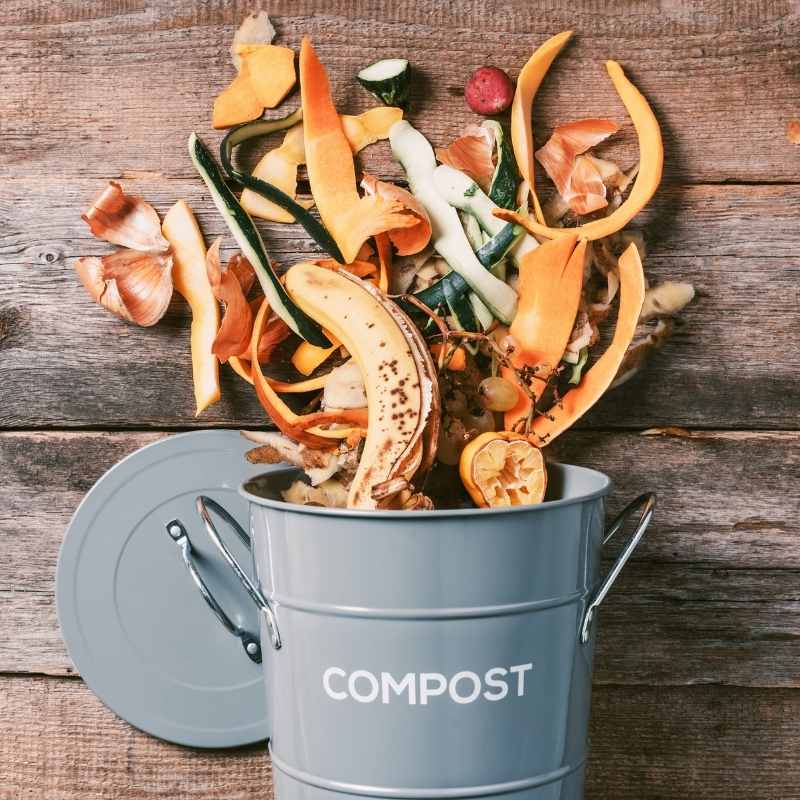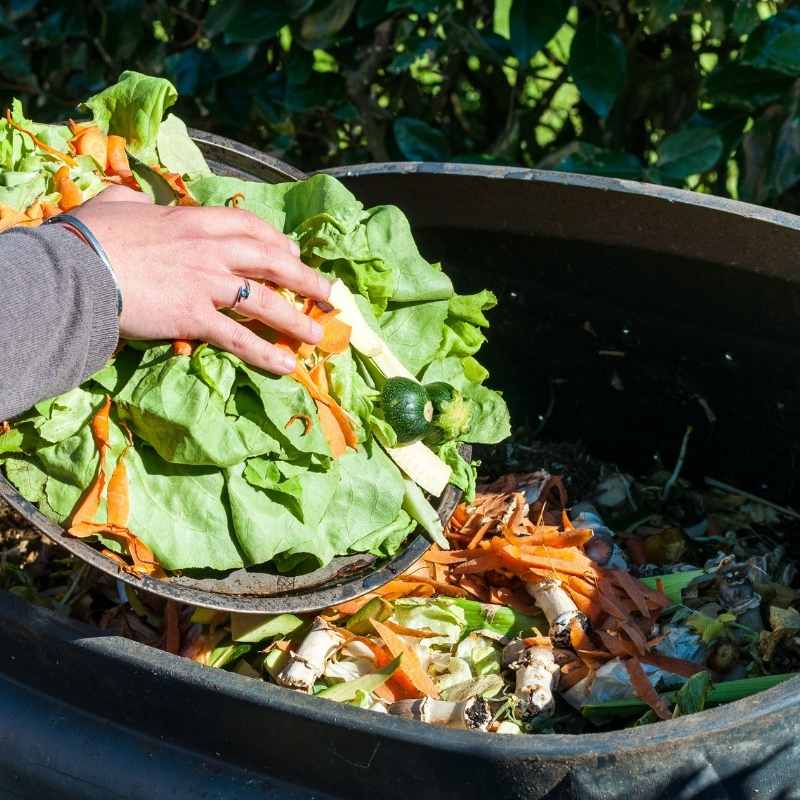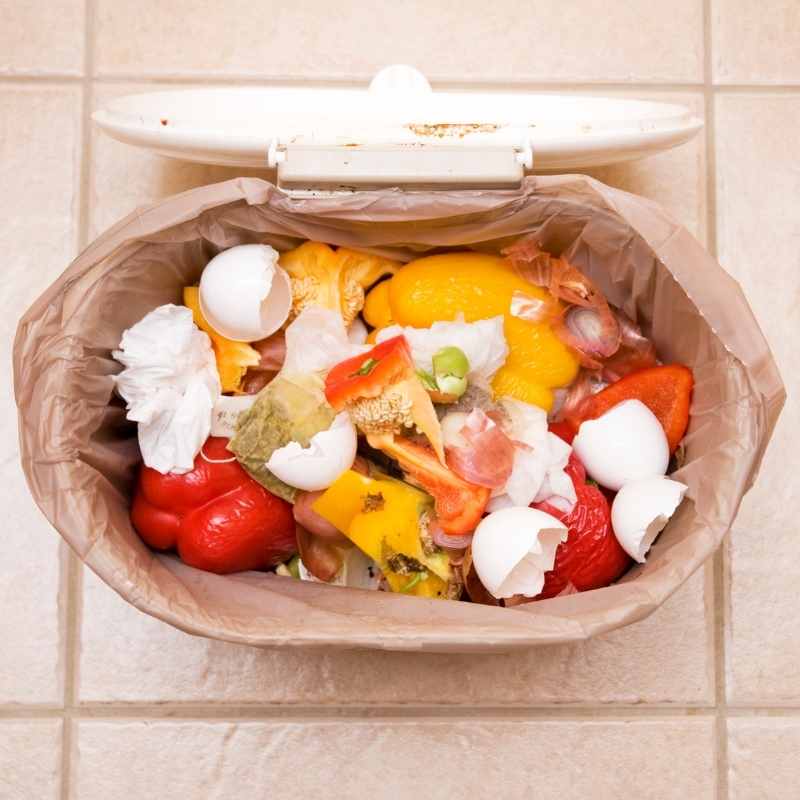You’ve definitely heard about how a lot of people have started to practice composting, especially during the pandemic. So, what is composting? In simple terms, it is the breakdown of decomposing plants and food scraps that creates a mixture of ingredients to fertilize and improve the soil. It is about recycling food waste to create a mixture rich in plant nutrients with beneficial organisms that increase the soil’s value.

If you have a home garden, composting is a smart way to add fuel that will help increase the growth of plants and restore the nutrients of depleted soil. It is super simple to make, good for the environment, and has many benefits.
Here’s a beginner’s guide to how you can compost at home in 6 simple steps:
Start With A Compost Bin

Found in various shapes and sizes, compost bins are now readily available online as well as at your nearest grocery or convenience store. You can either purchase one or fashion one from wooden pallets, plastic storage, or even garbage cans. And an empty wine barrel works just as well.
Because the natural process activates a lot of heat while making the compost, there is a small risk of fire. So, you might want to stick to getting a fire-proof container if it’s your first time doing it. Do not position it near a shed or a fence. You will have to monitor the heap well, especially during warmer weather seasons.
Go Green; Think Brown

Start with green and brown waste. It would be best if you had a mix of natural, fresh waste from your garden, which could include grass clippings. You could also use fruit and veggie peels, grains, and plant remains. However, when it comes to the brown stuff, where dead plants, leaves, and hay can be your best friends. The green waste is more nitrogen-rich, and the brown stuff is more carbon-rich. Both together will make for a good combination of compost. To create good airflow, make sure you use a wooden bottom followed by layers of green and brown, respectively.
Beyond Green And Brown

There’s more to just green and brown scrap that can go into the compost. You could also use eggshells, toilet paper rolls, old cotton clothing, and paper bags. However, these items have to be used in moderation. Do not put cooked food in compost as it attracts vermin, and we definitely don’t want that!
Hydration For The Compost
If there’s too much dry matter, in order to speed up the process of composting, you should add some water to it. The compost heap should feel slightly damp, but not soaked or dripping with water. You can also add a lid on the compost bin for the pile to retain more moisture.
Add Air To The Mix

Last but not least, the final component to creating successful compost is by adding air to it. Now hold on, we don’t mean you have to whip out a hair-dryer! But every couple of weeks, you simply have to mix your compost with a shovel or a pitchfork. This allows pockets of air to be formed in the compost. If not done frequently enough, the compost could become anaerobic and have a slimy appearance.
Fresh Mulch Is Ready To Use

- Planning to use it as mulch (thin layer on the surface of the ground)? You could use a 2-3 inch layer around bushes, trees, flowers, and shrubs.
- In order to fertilize your lawn, add 1-3 inches of compost to the grass. Follow up by raking it for even distribution.
Important Points To Remember
Now that you know what to put in the heap to make great compost, let us also tell you of a few things to steer clear of, when adding to the compost pile.
- No bones, meat, fish scraps. This will attract unwanted pests.
- Avoid diseased plants, else it will spread to the compost.
There you have it! You now know how to make your own compost at home, that too with just a few simple steps.
Happy composting!







